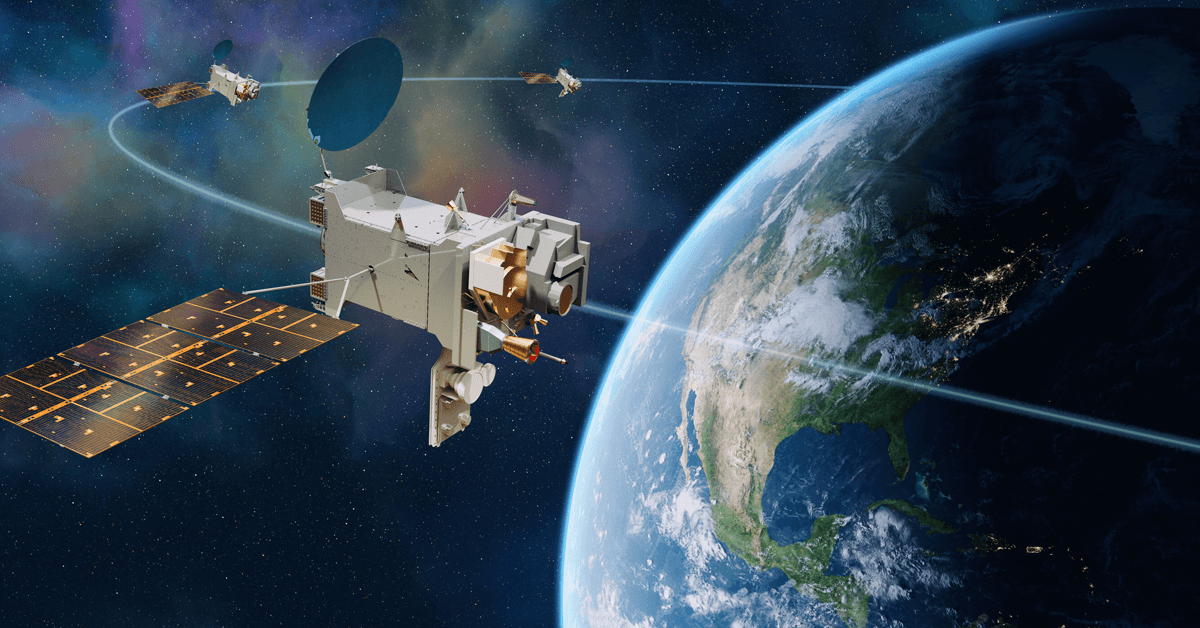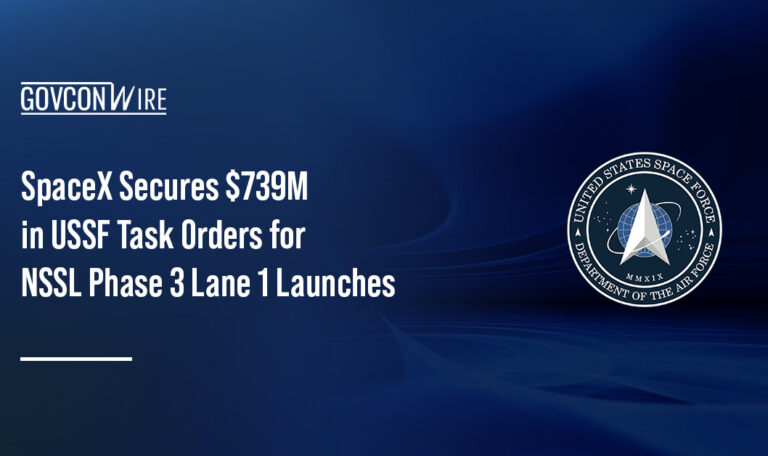Lockheed Martin (NYSE: LMT) has received a potential $2.27 billion contract from NASA to build a constellation of Geostationary Extended Observations weather satellites for the National Oceanic and Atmospheric Administration.
NASA said Tuesday the cost-plus-award-fee contract includes the development of three GeoXO weather satellites with options for four additional spacecraft.
The contract has a 15-year performance period, including 10 years of support for on-orbit operations and five years of on-orbit storage for each satellite. It covers the design, development, integration, evaluation and launch of GeoXO satellites.
Lockheed will also maintain and supply ground support equipment and simulators, provide engineering development units and support mission operations at NOAA’s satellite operations facility in Maryland. The company will perform work at its facility in Littleton, Colorado, and at NASA’s Kennedy Space Center in Florida.
GeoXO: Next-Generation Weather Satellite Constellation
The GeoXO satellite system is a follow-on to the GOES-R Series Program, also known as the Geostationary Operational Environmental Satellites-R. It consists of three operational satellites – GEO-West, GEO-Central and GEO–East – designed to gather Earth observations from geostationary orbit.
Each spacecraft will host three instruments. Satellites in the east and west will be equipped with an imager, ocean color instrument and an imager. The spacecraft in the central location will carry an atmospheric composition instrument and an infrared sounder and can host a partner payload. The satellites will support an auxiliary communication instrument for the NOAA Data Collection System relay, commanding and dissemination.
Lockheed said the GeoXO spacecraft will be based on the company’s LM2100 satellite bus, which features SmartSat technology that enables software updates to meet evolving environmental data requirements.
According to the company, the new constellation of satellites will help NOAA improve the delivery of information on weather observations, climate operations, air quality and marine ecosystems.
The first GeoXO satellite is expected to launch in the early 2030s. NOAA anticipates the new constellation to provide geostationary weather observations through the late 2050s.
“Our GeoXO design draws heavily from what we’ve learned with GOES-R spacecraft over the last 15 years, while incorporating new, digital technologies not only onboard the vehicles but in the design and development of this powerful, weather-monitoring platform of the future,” said Kyle Griffin, vice president and general manager of commercial civil space at Lockheed.
GOES-U, the fourth and final satellite in the GOES-R Series, is set to launch on June 25 from Kennedy Space Center.















